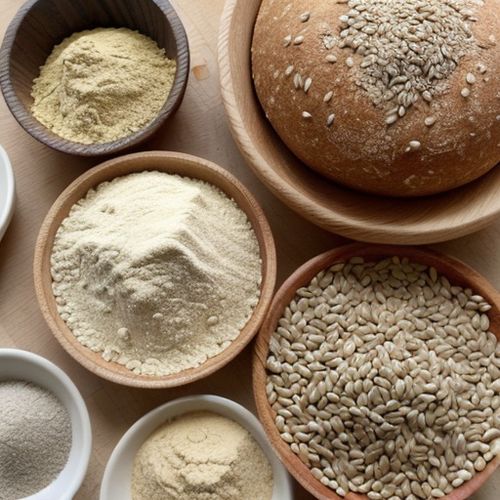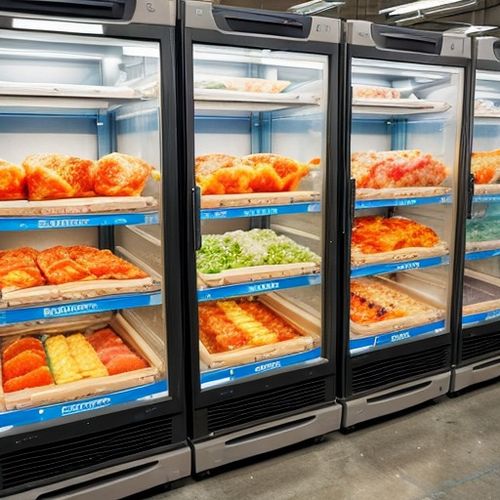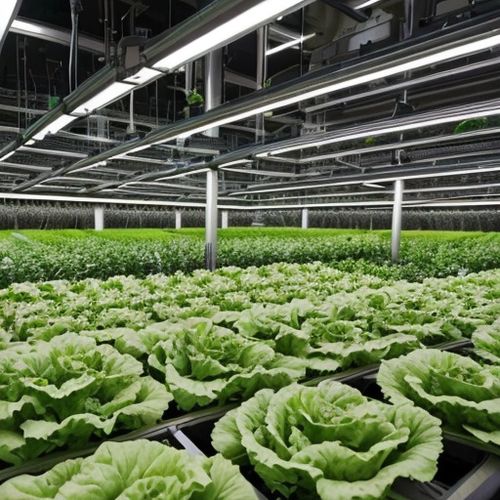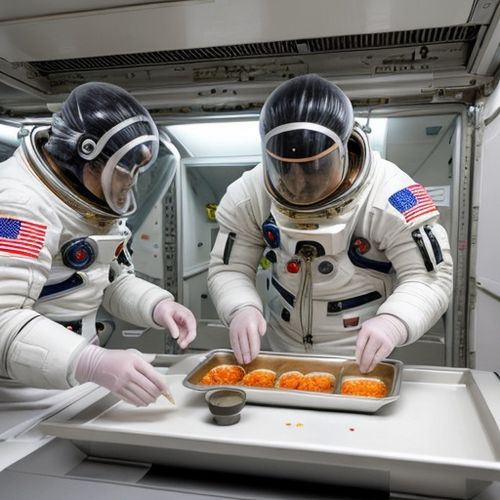Financial statement analysis serves as the cornerstone for understanding a company's fiscal health. For investors, creditors, and even internal management, dissecting the balance sheet, income statement, and cash flow statement reveals patterns and risks that raw numbers alone cannot convey. These documents, when examined together, paint a comprehensive picture of operational efficiency, liquidity, and long-term viability. Yet, many professionals still struggle to move beyond surface-level metrics like net income or total assets. The real art lies in interpreting how these statements interact with one another over time.
The balance sheet acts as a snapshot of what a company owns and owes at a specific moment. Assets, liabilities, and shareholders' equity tell a story of resource allocation and financial structure that can predict future performance. Current assets versus current liabilities indicate short-term resilience, while long-term debt levels relative to equity signal strategic leverage decisions. What often goes overlooked is how inventory turnover or accounts receivable days—calculated using both balance sheet and income statement data—can expose operational inefficiencies before they cripple profitability. Seasoned analysts cross-reference balance sheet changes with cash flow movements to distinguish between accounting maneuvers and genuine financial improvement.
Where the balance sheet captures a single moment, the income statement unfolds a narrative across quarters or years. Revenue recognition policies, cost of goods sold fluctuations, and extraordinary items require careful scrutiny beyond top-line growth. Gross margin contractions might indicate pricing power loss even when sales increase, while spikes in operating expenses could reveal hidden reinvestment or wasteful spending. The interplay between depreciation methods on the income statement and accumulated depreciation on the balance sheet demonstrates how accounting choices ripple across reports. Astute observers track whether earnings growth stems from core operations or one-time events—a distinction that dramatically alters valuation assumptions.
Cash flow statements cut through accrual accounting illusions to reveal monetary reality. Operating cash flow exposes whether reported profits translate into actual liquidity, while investing and financing sections showcase strategic priorities. A company boasting soaring net income but negative operating cash flow may be artificially inflating earnings through aggressive receivables or inventory buildup. Free cash flow—derived from operating cash minus capital expenditures—often predicts dividend sustainability and growth potential more accurately than earnings per share. The reconciliation of net income to net cash from operations uncovers non-cash adjustments that distort profitability perceptions, making this statement indispensable for detecting financial engineering.
Interstatement analysis unlocks deeper insights than examining documents in isolation. Days sales outstanding (DSO) calculated from balance sheet receivables and income statement sales, combined with cash collection patterns from the cash flow statement, can uncover customer payment behavior shifts before they appear in bad debt reserves. Similarly, comparing capital expenditures from cash flows with balance sheet PPE increases while cross-checking depreciation methods from income statement footnotes helps assess maintenance versus growth spending ratios. These connections transform static numbers into dynamic indicators of business trajectory.
Financial statements contain landmines of misleading signals that demand contextual interpretation. A shrinking cash balance might alarm novices, but paired with simultaneous debt reduction on the balance sheet and positive operating cash flows, it could signal prudent deleveraging. Likewise, inventory surges may appear ominous until the income statement reveals corresponding sales growth suggesting intentional stock buildup for expansion. The true test of analytical skill lies in distinguishing between red flags and strategic pivots by tracing how each statement's changes validate or contradict others.
Modern analysis extends beyond historical comparisons to scenario modeling. Forward-looking professionals stress-test statements by projecting how balance sheet leverage ratios would change if income statement sales dropped 20%, or how cash conversion cycles might stretch if customers delayed payments. This dynamic approach reveals vulnerabilities that static ratio analysis misses, particularly for cyclical industries or firms undergoing digital transformation. The integration of all three statements into predictive models separates reactive analysts from those who anticipate turning points.
Technology has revolutionized statement analysis without altering fundamental principles. Automated tools now reconcile interstatement relationships in real-time, flagging inconsistencies like rising revenues with declining receivables that might indicate channel stuffing. However, algorithms still struggle with qualitative assessment—judging whether increased R&D spending on the income statement and capitalized development costs on the balance sheet represent innovation or desperation. This underscores why human expertise remains irreplaceable in contextualizing numerical patterns within industry realities and management credibility.
The most insightful analyses emerge from understanding what statements deliberately omit. Off-balance sheet obligations, contingent liabilities, and non-GAAP adjustments frequently conceal more risk than the reported numbers themselves. Discerning analysts mine footnotes and management discussion sections to reconstruct a truer financial position than the statements alone present. This forensic approach becomes particularly crucial when evaluating companies with complex structures or those operating in rapidly evolving sectors where traditional metrics lose relevance.
Mastering financial statement analysis ultimately means recognizing that numbers tell stories—some truthful, some embellished, and others with critical chapters missing. The balance sheet reveals accumulated consequences of past decisions, the income statement shows current operational execution, and the cash flow statement exposes the liquidity reality behind accounting presentations. Only by interrogating all three documents as interconnected chapters rather than isolated reports can analysts separate financial fiction from sustainable business value.

By Amanda Phillips/Apr 10, 2025

By Rebecca Stewart/Apr 10, 2025

By Emma Thompson/Apr 10, 2025

By James Moore/Apr 10, 2025

By Samuel Cooper/Apr 10, 2025

By Elizabeth Taylor/Apr 10, 2025

By Rebecca Stewart/Apr 10, 2025

By John Smith/Apr 10, 2025

By Michael Brown/Apr 10, 2025

By Emma Thompson/Apr 10, 2025

By Elizabeth Taylor/Apr 9, 2025

By Christopher Harris/Apr 9, 2025

By David Anderson/Apr 9, 2025

By Joshua Howard/Apr 9, 2025

By Emily Johnson/Apr 9, 2025

By John Smith/Apr 9, 2025

By Lily Simpson/Apr 9, 2025

By Lily Simpson/Apr 9, 2025